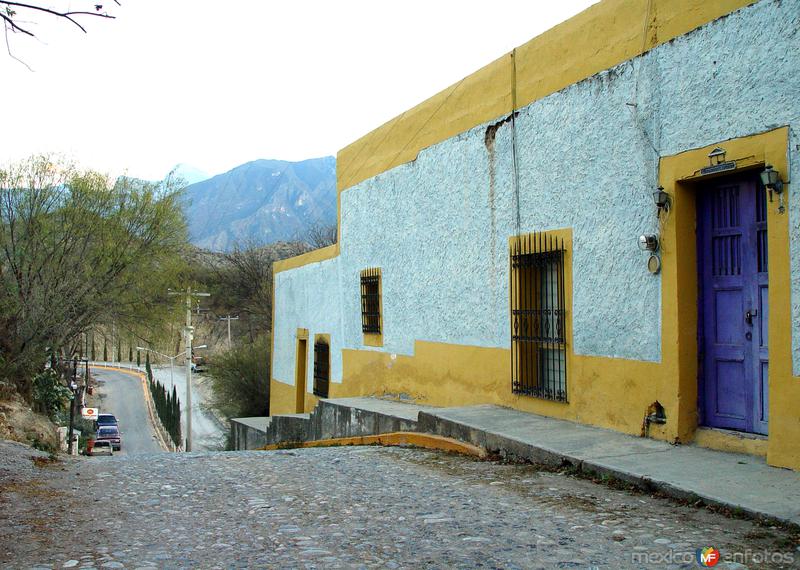Trough collections of plants and interviews with 110 individuals, an ethnobotanical study was conducted in order to determine the knowledge and use plant species in Rayones, Nuevo Leon, Mexico. The aim of this study was to record all useful plants and their uses, to know whether differences exist in the knowledge about the number of species and uses between women and men, and to know if there is a correlation between the age of individuals and knowledge of species and their uses.
Methods: A total of 110 persons were interviewed (56 men, 56 women).
Semistructured interviews were carried out. The data were analyzed by means of Student t test and the Pearson Correlation Coeficient.
Results: A total of 252 species, 228 genera and 91 families of vascular plants were recorded.
Astraceae, Fabaceae and are the most important families with useful species and Agave and Opuntia are the genera with the highest number of useful species. One hundred and thirty six species are considered as medicinal.
Agave, Acacia and Citrus are the genera with the highest number of medicinal species. Other uses includes edible, spiritual rituals, construction and ornamentals.
There was a non-significant correlation between the person's age and number of species, but a significant very low negative correlation between the person's age and number of uses was found.
Conclusions: Knowing their medicinal uses is an important issue for the people of Rayones. Boiling and preparing infusions are the main ways of using plants by residents.
The leaves, the branches, and the fruits are the most commonly used parts. Almost 18% of the flora is used for wood and construction purposes.
Several uses such as cosmetic, shampoo, firming skin tonics and health hair products recorded in Rayones has not been reported for other areas in the state of Nuevo Leon. In Rayones, women have a greater knowledge about plants and their uses than men, particularly, medicinal plants, but, men have a greater knowledge about wood and construction species.
Source: Fotos de Rayones, Nuevo León



